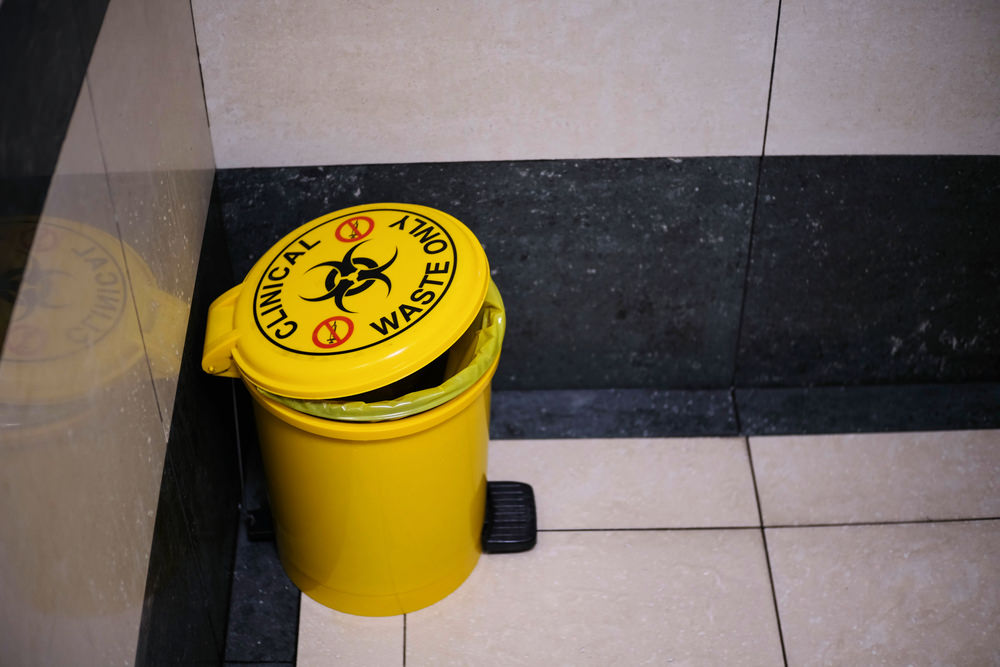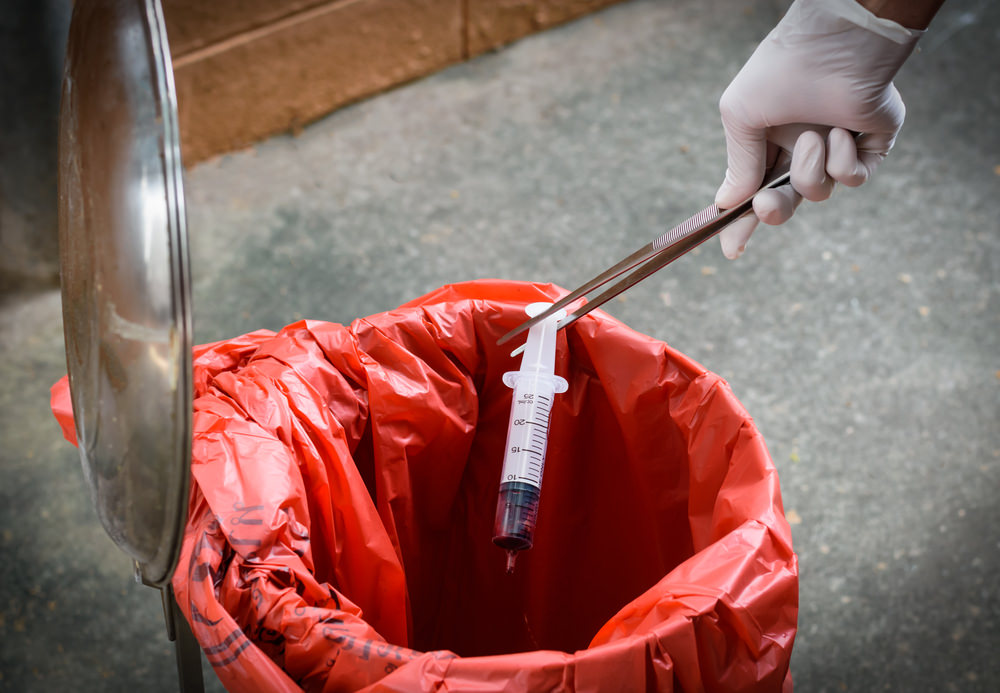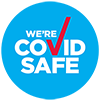Waste is handled differently depending on the requirements of those who are disposing of the medical waste. Offices have shredders and recycling services that are set up for dealing with this issue. However, handling waste in a medical facility is a whole different story – whether it is a laboratory, dental office or a hospital that caters to hundreds of patients. This type of waste is fragile and needs to be handled very carefully to avoid any infections that may occur. Medical waste handling must follow the laws of segregation.
There are four main types of medical waste and they are each handled differently. We will take a look at these various categories below.
General Medical Waste.
This makes up the lion’s share of all the waste that is generated at medical facilities. It is not that different from office or household waste. It includes our day to day waste such as plastics, paper and liquids. It is not considered to be biologically, physically or chemically hazardous and can be disposed of without any problems. It does not require any special handling since it includes normal things that we use in our day to day operations and it is also not toxic.
Infectious Medical Waste.
As the name suggests, this is any type of waste that can cause infections to human beings, animals and the environment. It is mainly waste that is contaminated with blood and other bodily fluids. Medical gloves should be worn when handling any blood, or bodily fluids to also avoid contamination and prevent yourself from contracting dangerous diseases. It can include human or animal tissue, discarded surgical gloves used in surgery or handling blood or even pathological waste. It also involves swabs or stocks that are used in cultures.
All of these examples listed require different treatment methods to get rid of them. You cannot discard them in the same way as regular waste. They also have different rules for their storage, transport, licensing and processing. It is because they are very delicate and need to be handled with the utmost care. Some of the ways to treat these infectious wastes include, but are not limited to, autoclaving, steam treatment and also incineration. We can treat them chemically and also use microwaving. There should be no compromises since this type of waste is dangerous.
Hazardous Medical Waste.
This waste refers to any liquid or solid that is considered to be toxic, chemically reactive and also flammable. It is non-recyclable and it is dangerous, but it is not considered to be infectious to human beings. Sharps that have not been used belong to this category since they can harm the user and cause injuries. Examples of sharps are needles, syringes, scalpels and other glassware in the hospital.
They require some special handling and packaging since can create contamination. It includes both medical and industrial wastes. Chemotherapy agents are also considered to be hazardous. Paints, batteries and even pesticides and herbicides fall under this category of waste.
These batteries have heavy metals in them such as lead. This type of garbage should be stored in an area that is dedicated such as under a roof. It should have a sprinkler or fire suppression system since it is flammable. It should also not be stored in areas where people frequently visit. It should be kept away from human contact.
Radioactive Medical Waste.

Any waste that contains radioactive materials is considered to be radioactive waste. They are by-products of nuclear power generation and the use of nuclear technology. Wondering where this comes from in hospitals? Worry not. Some of the examples are radioactive therapies for tests such as thallium stress and also other nuclear therapies used to treat some types of cancers we have today. These nuclear medicines use radiation and its technology to provide valuable information about the state of the patients’ organs that have been affected by cancer.
Any pathological waste that is contaminated with radioactive material is also classified as dangerous waste instead of its infectious counterpart. It also cannot be recycled since it is very toxic and hazardous to our health. Chemotherapeutic agents should be incinerated or chemically neutralised. They should not be treated in autoclaves as it is not appropriate. You should not misclassify and treat them incorrectly.
Medical waste should be collected only by a licensed person. It cannot be handled by inexperienced personnel since its disposal is monitored and regulated in most places. It should be rendered harmless and treated before any recycling. You require a good company that you can trust to do this and take care of your waste appropriately. In case you are lost for choice, you should check up, https://www.allmedicalwaste.com.au/. We are very professional and will give you advise on how to handle your waste and how the different kinds of medical waste are disposed of safely while conserving the environment. Any services regarding medical waste that you want any information about, we will give it to you. You will not be disappointed. Please contact us on 1300 389 125.



